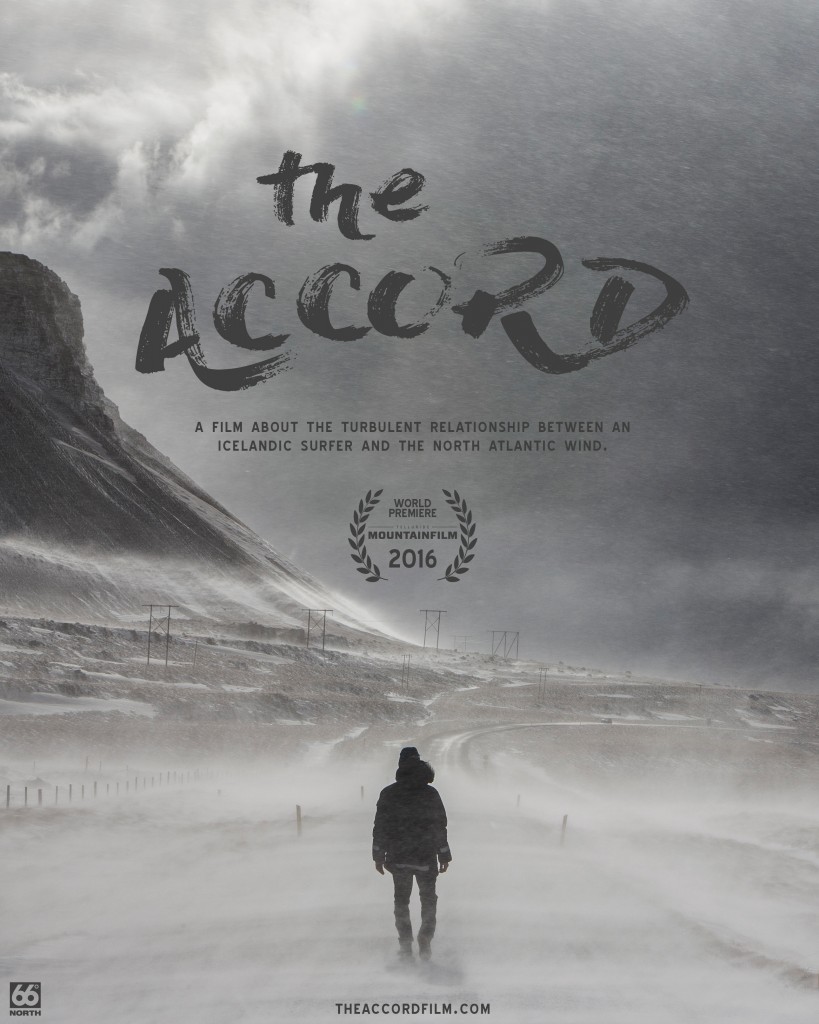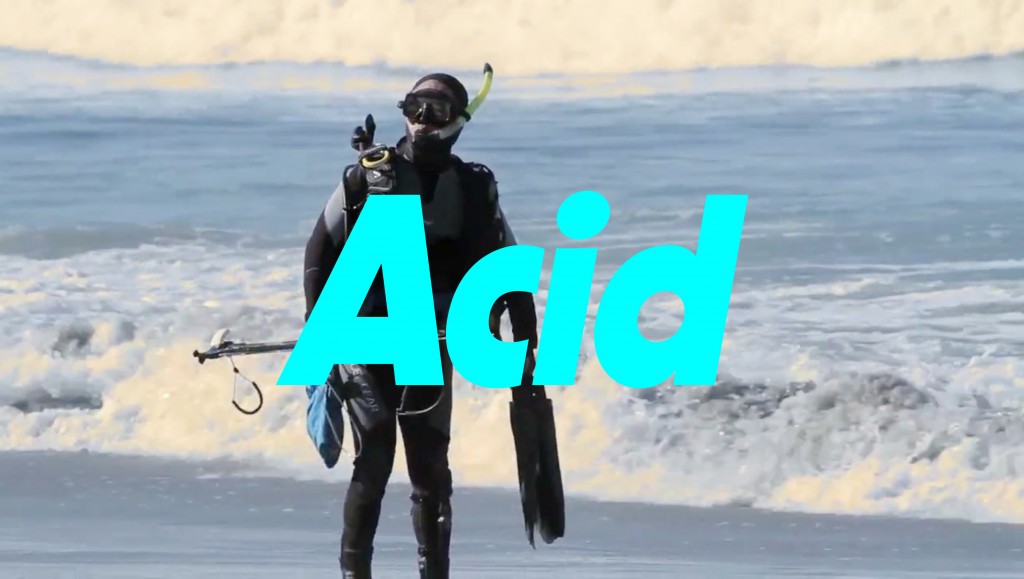Gran orgullo de hacer el estreno Europeo de The Accord, el día de nuestra aventura Oceanica en Factoría Marítima Vasca Albaola.
El viento es uno de los protagonistas de esta película que nos presenta la identidad del surf en Islandia y el viento es parte de Albaola y de sus barcos. Los balleneros vascos pasaban cerca de sus costas en sus viajes por el Atlantico Norte.
Aquí os dejamos una entrevista a su director, RC Cone.
Tell us about The Accord, where did it start?
Oddly enough it all started with fishing. I’ve been shooting salmon fishing in Iceland for the past few years and have made some great friends, including Elli. In August 2015, I was drinking beers in Reykjavik with Elli and he mentioned that he’s always wanted to make a movie about Icelandic surfers. From there, he showed me all of this amazing writing that he’s done about surfing in Iceland and it all fell into place from there.
It seems like a very International crew made this movie, what was it like working with people all over the world?
It was the best part by far. I’ve been working in a 7–8 hour time zone difference for the past 7 months. It’s fun to start your day with new color grades from the colorist in Copenhagan or new voiceover recordings from the audio engineer in Reykjavik.
It seems you guys road-tripped all over Iceland, tell me about some of the locations in the film.
Without being too specific, in the course of our travels we drove around the Island multiple times. It’s just the way surfing works there, it’s like the wind and the swell are on two different clocks and you have to chase those rare times when they sync up. My favorite place is actually Elli’s sister’s cabin out on Snæfellsnes. It’s a classic A-Frame in the middle of nowhere with a small break 5 minutes away all the while being surrounded by glaciers and a rather large volacano. It’s a surreal spot.
Tell us about this character you’re introducing, the North Atlantic wind.
What was it like working with a new actor in scenes that had heavy narrative elements in them?
The North Atlantic wind is totally an Elli character that clicked with the entire crew pretty quickly. The instant Elli showed me this wind character in his various writings, I knew we had to bring him on screen. I also knew instantly that our friend Gummi (Gudmundur Thorarinn) would be a perfect fit. Gummi is the kindest, most mellow soul ever, so getting him to yell, headbang and throw bar chairs took a little coaxing, but I think we found what we were all looking for.
Tell me about how this movie was written, how did the screen play come about?
For better or worse, I’ve always subscribed to the typical adventure documentary process. Shoot first, figure it out later. With this movie, we barely shot anything until we had a workable script. We knew we wanted surfing, camping, adventure but there were hours upon hours of hashing out what the narrative elements looked like. Lot’s of coffee/beers sitting around and discussing/arguing/writing script. It was a really fun time for this production. Once we agreed on all the elements, I worked on bringing it to screen.
Most of your previous work has to do with fly fishing, why move into surfing?
I love both and I really don’t see that much of a difference between the two. Yes, technically they’re worlds apart but the “why” is exactly the same for me. That world that I can escape to where menial things like fish caught, waves ridden are important.
How did you shoot the film? On what cameras? How long did production take?
I spent 10 days in Iceland with Elli and Heidar in September 2015, that’s when we did the majority of our camping, adventuring and, most importantly, writing. We actually shot a bunch of narrative scenes that we totally scrapped, for example: we ended up re-shooting the wind’s scenes to get his character better and weave him more into the story.
After those 10 days, I spent a couple months editing and experiementing before spending a month in Iceland in November 2015. This is when we shot the majority of our surf and really nailed down script and our narrative scenes. Including post-production, all in all, I’ve been working on this movie for about 8 months.
We primarily shot on a RED Epic with a GH4 as our B camera.
A lot of people don’t even know there is surfing in Iceland, let alone a surf culture — what did you find interesting about the surfing in Iceland?
The culture is so small! I have a hard time imagining everyone in California who identifies themselves as a surfer but, in Iceland, you can meet all of them. Just wait for the swell to line-up! All 20 of them will be there! It’s a cool community that has something very special on their hands.
How did the film get off the ground? What was the process of getting the film made?
We just made it! We simply wanted to see this movie come to light, so we started off with no funding or sponsors. My company, Tributaries Digital Cinema, primarily funded the fist production stages of the movie. It definitely had a guerilla feel to it while actually shooting, gas-station hot dogs and sleeping in a tent were the name of the game.
Later, we were lucky enough to bring on one of Iceland’s premiere brands, 66 North. They’ve been making outerwear for Icelandic fishermen since 1926 so working with them and their salty ambassador, Heidar Logi, feels very spot on. The Icelandic reception has been great.
What was the biggest challenge you encountered?
I am not a surf cinematographer. I’ll do my best but it’s terrifying releasing images that some of the surf #bosses would laugh at. Also, I didn’t swim with a camera once. It’s something I’m just so unsure about that I depended on zoomed glass from shore — so next time I’d like to start spending more time in the water.
This looks like a fun film to make, any memorable stories?
Other than the millions of inside jokes that are created from sitting in cars, waiting for swell with your friends for way too long — I really enjoyed directing and working with the Wind. Having someone on camera trying to re-enact the emotions of the wind was such a fun experience for me as a director and want to explore that space more.
Website: https://theaccordfilm.com
Social Media: Facebook, Twitter , Instagram









